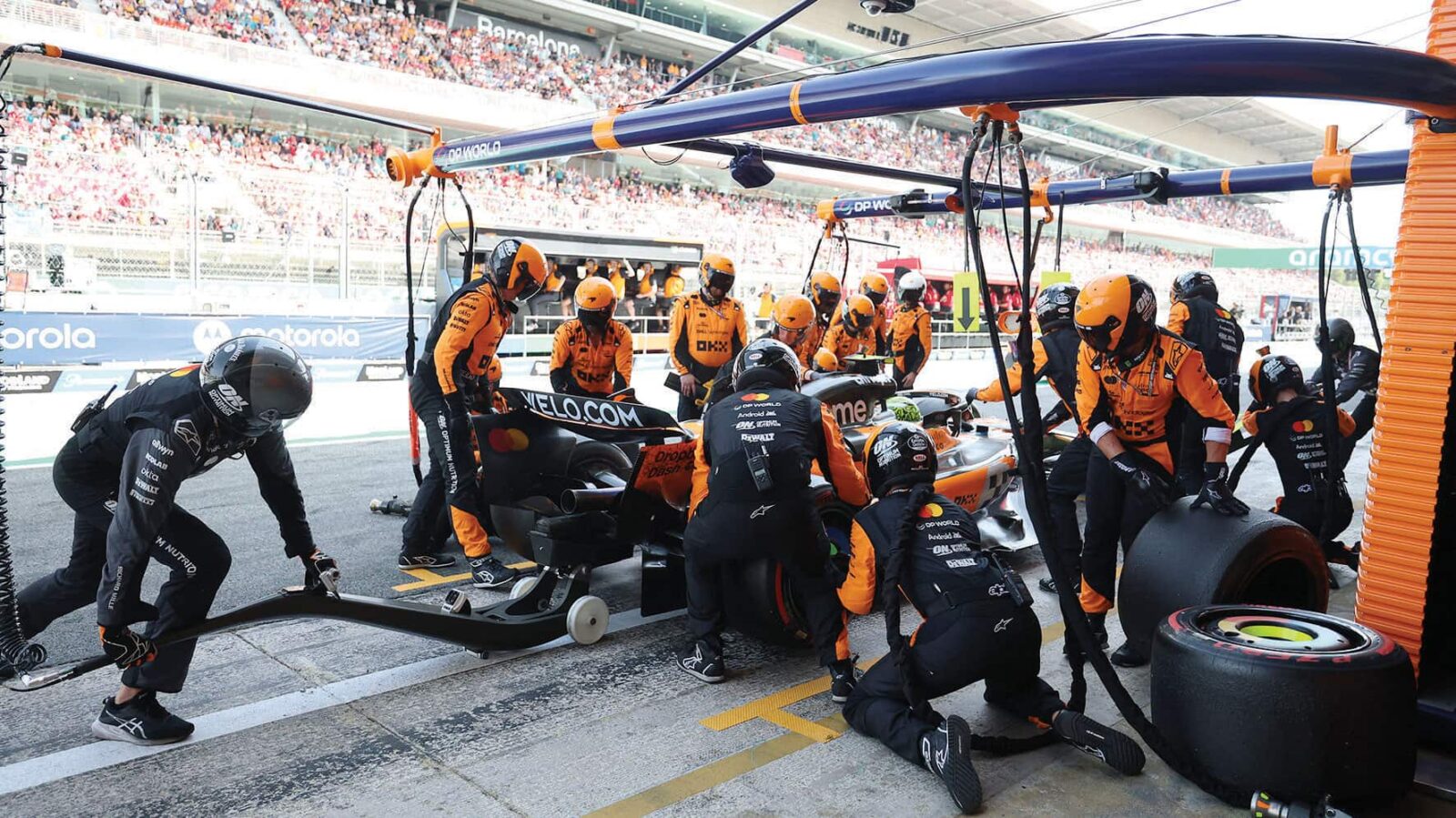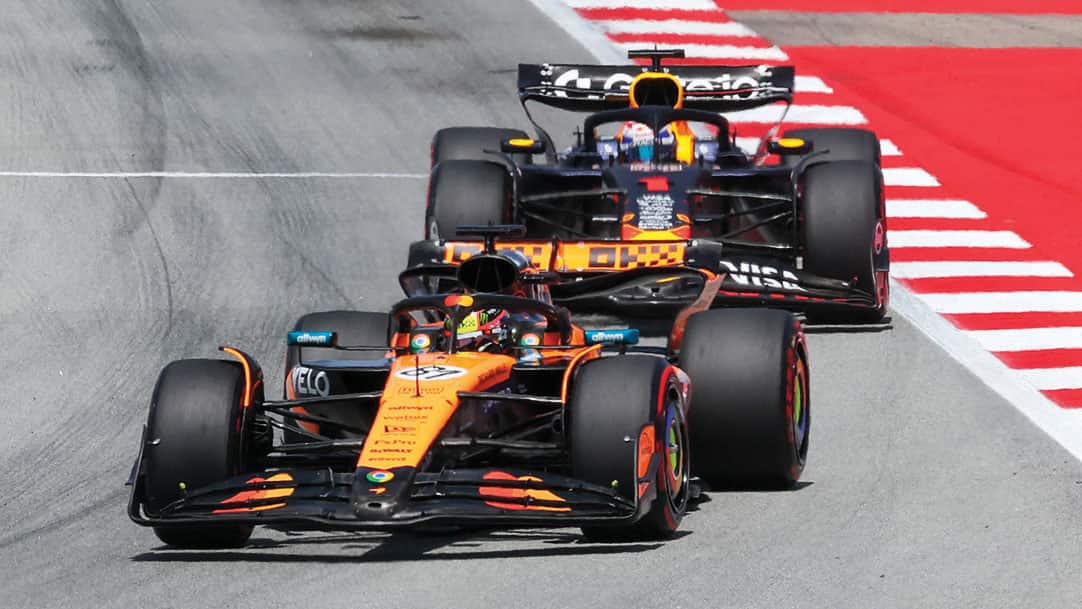How McLaren played the long game as Verstappen raced away in Spain
Max Verstappen was in the mix in the heat of the Spanish Grand Prix, but McLaren kept its cool

Barcelona: it was the third lap, as race leader Oscar Piastri pulled himself out of Max Verstappen’s DRS range, which gave the first indication to Verstappen and Red Bull that they were not going to be able to take the race to McLaren by doing the same thing. Around a very hot track of long, tyre-punishing corners, the Red Bull could not live with the McLaren’s superior rear tyre deg. If Piastri could so casually pull out 0.7sec over the pace Verstappen judged they needed to be running to get the stint lengths required for a two-stop, then McLaren clearly had way more in hand than they.
That’s when the three-stop came onto the radar on the Red Bull pitwall. Theoretically slower than a two-stop, if the tyre deg was even greater than forecast, it might not be. Furthermore, they were pulling out time on the Ferraris and Mercedes’ behind, so even if it didn’t allow them to beat McLaren, it probably wasn’t going to cost them position. There seemed nothing to lose and possibly something to gain.
Verstappen had split the McLarens at the start, courtesy of some excessive wheelspin from Norris, and he was able to keep him behind for a few laps. But when the Red Bull’s fading grip began to tell after 13 laps and Norris was able to DRS his way past, Red Bull brought its car in, switching Verstappen to a new set of soft tyres. This was way earlier than optimum for a two-stop and McLaren did not respond.
They were, however, taken by surprise at Verstappen’s pace into his second stint. It was fast enough that he looked set to be ahead of the McLarens after their much later first stops. This wasn’t necessarily alarming for McLaren, given the extra stop Verstappen would have to make. But it was slightly concerning. They asked both Piastri and Norris – still on their original soft tyres – if they could up the pace a little. Both replied they were nervous of doing so, given the stint lengths they’d need for the two-stop and how second-hand their tyres were already feeling. Was this hot race swinging things towards an optimum three-stop, even for McLaren? In which case Red Bull could have stolen a march on them.
McLaren accepted that Verstappen would be ahead of them after they made their first stops (on laps 21 and 22) for a set of medium-compound tyres each. Piastri emerged just under 6sec behind, with Norris a further 4sec adrift. The race-leading Verstappen, on his by-now quite worn softs, would be doing only a further seven laps before making the second of his three stops, losing around 0.5sec per lap to them in this phase.

Onto new mediums eight to nine laps newer than those on the McLarens he rejoined 17sec behind but going much faster thanks to the new rubber. In the first 12 laps of that stint he took 11sec out of the McLarens. It was another worrying moment for McLaren. But finally Max’s tyres cried enough and in the last five laps of the stint he lost 4sec to the McLarens, which were now finally off the hook.
As Verstappen made his third stop on the 47th lap, all McLaren had to do was pit Norris in response (and Piastri the lap after that) to retain track position. They then pulled away quite comfortably. Verstappen had made them sweat briefly, but it was essentially a bluff.
The later safety car then consigned the three-stop to a negative, as it meant Verstappen had no new soft or medium tyres left for the restart.
